A steeplechase braintrust has been working for years to noodle out a new design that keeps everything we love about jump racing (fast horses jumping fast over hurdles designed to be negotiated at speed) and eliminates everything we don’t
All hurdle races at the April 18 Loudoun Hunt Point-to-Point – at Morven Park in Leesburg, Virginia – ran over the new Easyfix fences.
All spring meets, beginning this weekend at Queen’s Cup, will race over EasyFix hurdles except Iroquois.
Colonial Downs in Virginia will run over EasyFix hurdles this summer. Saratoga will run over national fences because the two pari-mutuel meets overlap dates.
Reprinted with permission from the Temple Gwathmey Steeplechase Foundation
By Betsy Burke Parker
Short of staying in the barn, there’s no way to ensure complete safety for any sport horse.
But, say steeplechase industry leaders and horsemen, the game must strive to modernize and protect its precious human and equine athletes, especially in a day and age where digital evidence of a single stumble can be viewed in real-time.
 And since nobody wants to abandon the historic sport, it is time to improve it. Developers of an innovative new steeplechase jump hope Saturday’s EasyFix hurdle debut at the Queen’s Cup Steeplechase elevates the game.
And since nobody wants to abandon the historic sport, it is time to improve it. Developers of an innovative new steeplechase jump hope Saturday’s EasyFix hurdle debut at the Queen’s Cup Steeplechase elevates the game.
To the naked eye, EasyFix is pretty similar to the national fence long used for National Steeplechase Association and point-to-point hurdle races. The colors are a little different – a muted brownish green take-off roll rather than the brighter green of the national fence roll cover – but, look deep inside the modern construction and tech materials to see, this is a 21st century take on what was an American innovation circa 1973.
EasyFix sections are manufactured – take-off roll, brush hedge and sturdy base – in single pieces, not three parts like the national fence. Further, EasyFix is all plastic and rubber, not foam (which compacts) and metal (which doesn’t yield.)
“The national fence, originally from Ireland as a schooling fence, has served the NSA quite well for over 50 years with little change to the fence since it’s been in use,” says Bill Price, Queen’s Cup race chair and longtime steeplechase horseman who took the lead on jump development. “EasyFix is all about the safety of the horse, developed by horsemen, for horsemen.
“We were long overdue for a change.”
The national fence was designed in the early 1970s by amateur horseman Randy Rouse. The late Rouse, Virginia Steeplechase Association Hall of Fame member and many time champion amateur owner-rider, had sought to create a portable, re-usable hurdle. It would save race committees, and racetracks, the laborious process of cutting and constructing stuffed brush jumps every year (cut brush would dry out a few weeks after cutting; therefore, jumps were not re-usable.) Rouse said his design provided uniformity, in an interview before his 2017 death explaining that different race committees had different views about “hurdles.” Some U.S. courses were famously stiff, he said, others notoriously small and easy. The national fence standardized the game, he said.

Randy Rouse and Jack Cooper inspect the new national fence at the Fairfax Races in September of 1973 – the first use of the newly created fence. ©NSA Archives
The national fence succeeded on both counts Rouse mentioned, but jumping mistakes were often punished by falls, or worse, injuries or fatalities. Horses jumped the national fences pretty well, but when they misjudged, or got too bold, they paid a price. Three-piece construction included foam – which compressed and degraded from use, and metal – which did not offer give, or safety, to horse or rider.
Price recognized the flaws in the national fence and set out to make something better.
“There’s no money in this, you know, no return on investment,” says Price. “I wanted to help this sport. There was a lot of pushback at first – not surprising. I think, now, everybody is starting to recognize the better … EasyFix design, and we’re moving forward as a sport.”
Price credits veterinarian Dr. Reynolds Cowles, NSA president Al Griffin and trainer Jack Fisher for “pushing it forward. Last January, the process (of instituting a new U.S. hurdle) had stalled, and I’d thrown up my hands. But Jack gave the push since he recognized we’re at the (pari-mutuel) tracks by invitation. No one wants to see a horse hurt, most of all us in the industry. But the public these days has become super-sensitized to (horse) injuries.”
The Temple Gwathmey Steeplechase Foundation launched an EasyFix donation campaign in 2020. Several major donors and a multitude of smaller donors came through to raise the $100,000 necessary to purchase six flights of EasyFix fences. TGSF spread the fences out to three different locations for trainers to school their horses, and has been working closely with the NSA to decide how they should be introduced this season.
“Bill Price had been trying to get this done for years,” said Fisher. “With safety as an issue, it seemed that the Foundation should do everything we could to be as safe as possible.”
TGSF had already, since 2004, assisted in funding a safety study through the Marion duPont Scott Equine Medical Center, as well as funding a video study for the NSA Safety Committee. Funding a new safer fence was a logical step.

The national fence being jumped in 2017
©Tod Marks
“Five years ago, we launched a video review of horses jumping the national fences,” Cowles explains. He’s head of the NSA safety committee and a lifelong horseman and equine vet based near Charlottesville, Virginia. “Slow motion review showed (a percentage of) horses banking off the roll, inserting limbs down into the gap between the roll and the metal frame and generally making a lot of mistakes.
“We studied stats of several fences being used in the UK and Ireland, France and Australia. Australia started racing over their (EasyFix) model two seasons ago and their stats (have been) very impressive as far as safety was concerned.
“There’s been little change to national fence design through the decades other than adding a white ground line and, more recently, a white knee line.”
Cowles says the safety committee has kept detailed statistics on falls, injuries and fatalities of horses as well as injury to horse and rider for years. They recommended change once a suitable product – rubber and plastic, and design – one piece-construction, was identified.
The EasyFix fence is pretty similar in appearance to the national fence. The short, squatty sections look quite different when not snapped together, notes trainer Kate Dalton, but once a flight is set in place and flanked by the traditional white PVC wings (existing NSA wings can be used with EasyFix), it looks like a jumpable, inviting, traditional American hurdle.

The EasyFix fence with wings set up for schooling at Willlowdale Steeplechase
“The new EasyFix flights are alongside the national fences at Springdale,” Dalton says. The Camden, South Carolina training center is one of three locations NSA sent EasyFix for beta testing. “I’m thinking the horses barely tell a difference.”
Forty-six inch wide, 51-inch tall sections interlock snugly, Price says, male to female. The patented design exerts significant downward pressure, he says, firmly weighing down each flight. He maintains that sections cannot and will not separate from each other. EasyFix looks like a traditional American steeplechase jump, but it acts different when impacted. Newton’s laws of motion (see sidebar, above) relate to the momentum and energy formed when a group of horses jumps as one. It is beautiful and powerful when a horse, or horses, meets a jump in stride, but it can be ugly if they reach it awkwardly. EasyFix takes advantage of technology and manufacturing processes unavailable five decades ago when the national fence was created, using modern products that eliminate sharp edges and metal framework to provide a relatively safer obstacle.
And therein lies the genius of the design.
“The super slow-motion video showed 70 percent of horses were actually hitting the foam roll of the national fence,” Dalton stresses. “Horses weren’t jumping carefully – though I guess that’s an oxymoron, to jump at speed and to jump carefully.
“I think (construction of the) EasyFix will encourage horses not to take so many liberties.”
EasyFix manufacturers say, once constructed and correctly anchored, a flight cannot flip over, no matter the force exerted upon it – even hundreds of thousands of pounds of energy.
EasyFix – what is it?
 Price “sorta started down this path of making my own fence a few years ago,” calling his design the SafTFence. The metal frame was lower, and, Price says he thought at the time, better.
Price “sorta started down this path of making my own fence a few years ago,” calling his design the SafTFence. The metal frame was lower, and, Price says he thought at the time, better.
“It worked fine for schooling, and in a few point-to-points,” he notes. “But when the racing got faster (at the sanctioned level), and more horses got going to the jumps faster, we had the same problems with horses ‘getting down to’ the steel frames.
“So I started over with my design.”
Price soon found he was trying to reinvent a wheel already in use.
Ireland’s EasyFix had already produced hurdles nearly identical to what Price wanted. The rubber and plastics company in Galway had jumps on courses in Ireland, England, Europe and Australia. EasyFix LLC was founded by Michael Earls in 1996. Earls has a background in sales, farming, engineering and farm building construction.
They design, manufacture and market a line of safety and solution-based rubber products for the dairy, beef, swine and equine industries worldwide. Products include stall mats, alley mats, horse walker tiles, even playground and gym matting.

Peering into the middle of a Grand National fence at Aintree
Equine customers include Ireland’s Naas racecourse, Coolmore Stud, the RSPCA, the Curragh, the Jockey Club, Aintree and many farms and sales facilities.
The company won Overall Business of the Year from the Galway Chamber of Commerce, Ireland’s Innovator of the Year in 2008 and the International Sales and Marketing Award in 2009.
Price met with Earls and sons Niall and Gary. They visited top National Hunt trainers’ gallops and watched horses schooling over EasyFix hurdles and bigger ‘chase fences.
Price was convinced.
“They use 100 percent virgin rubber, not re-ground, … so nothing (will) absorb moisture and curl, and I expect the fences will last a long time,” Price says.
Each American EasyFix section weighs 220 pounds, and can be moved by two people. Including driving several lag bolts into the ground to anchor a completely constructed flight, each jump can be set up in 12 minutes.
Price has timed it. It’s a big improvement from the national fence, each of which usually took a tractor, three or more people, and 20 minutes or more to put together.
And they’re just safer, Price maintains. Since Aintree added EasyFix cores to the Grand National fences (all except The Chair) in 2008, no jump-related fatality has been reported.
“If we can save one single horse from a fall, injury or fatality on our U.S. circuit, we’ve done our job,” Price says.
The horsemen talk – What they’re saying about EasyFix
Trainer — Ricky Hendriks: “I’m very happy we are going to run over them at (the April 18 Loudoun Hunt) point-to-point. And cheers to SOTA (who) made this happen. Well done.”
Trainer, NSA board member, NSA safety committee member, former SOTA president — Kate Dalton: “I’m not sure exactly how I feel about them yet. I like the idea, (but) I question the financial aspect, and you know horsemen are difficult to get in agreement on anything.
The EasyFix fences are set up side by side to the (set of schooling) national fences at Camden. When you see the EasyFix by itself, it does have a real different look to it, but when you see it set side by side to a national fence flight, they actually look very similar. I think they did a good job … adapting the EasyFix to what American jump racing was asking for.
We hope the horses will read the fences correctly.
But, with thoroughbred racehorses, you just never assume anything. I love the idea of it, and everybody wants the steeplechase game to work. On paper, everything seems like it’s fine, but (we’ve got to) put it in front a thoroughbred to make sure.”
Trainer, race director — Doug Fout: “I’ve got two flights set up (at Goose Creek near The Plains for Virginia horsemen to school.) At first, I had qualms about it, but I’ve been more impressed each time I send horses down over them, or watch other trainers send horses down over them.
I had three horses upsides all meet it wrong one day, and they all hit it good and hard, and it didn’t move.
I think this is the best thing steeplechasing has done in a long, long time. I started back in the old days over natural hedges at the old Rolling Rock, and at Montpelier. Then I was an early supporter of the national fence in the early ’70s. It was time for a change, and I’m 110 percent liking this new design.”
Trainer, ordered two flights of EasyFix — Sanna Neilson: “I’m happy with them so far. Glad to run over them at a point-to-point, first.”
Trainer, SOTA president — Todd Wyatt: “I’d say that SOTA has not taken an official position on this exact subject, but, as a group, we definitely support anything to make this game safer for horses and riders. All horse sports are under the microscope these days, and we (must) make sure to let the public know we’re doing everything we can to stay safe.
On a personal level, I’ve watched many of my own horses (in training) school, and I believe this (new design) invites the horse to hesitate to throw caution to the wind like the national fence invited.
This new jump makes them look and understand it, and understand they can’t fiddle it. A horse could meet the national fence just “kinda right” and usually get away with it.
I think it’s a great move to offer these at a point-to-point – hats off to steeplechasing for making that happen. We can school over it all we want, but you have to race over it to know.”
Trainer — Richard Valentine: “I am in favor of a change to the EasyFix hurdle. (Both) construction and materials are more user friendly and safer for our horses and riders.”
Trainer, NSA safety committee member — Don Yovanovich: “The safety committee has been discussing the EasyFix fence for at least three years. The decision to change was going to depend on financing in place to purchase them.
As a trainer, I was the first to have my horses school over the national fence with a white ground line. I was also the first to school with the knee line because I volunteered to have my horses try them first before covers were purchased.
There was absolutely no problem … with the additional white lines. I do not believe there will be any problem with the transition (to EasyFix.) Horses are very adaptable – a couple of looks and they should have no trouble jumping the new EasyFix.”
Trainer, NSA board, TGSF president — Jack Fisher: “This is my thinking with EasyFix : the number one issue is safety.
I, personally never had a problem with the metal frame (of the national fence) in 50 years, but I know some people have, and we need to do everything we can do for safety.
Bill Price has spent 20 years and a quarter million dollars, I bet, researching fences. I figured we (as a sport) should just get off the pot and buy them and use them.
I schooled six horses over them at Shawan. Every horse jumped them great. (At my home farm,) I’ve got five national fences – two with knee-line and ground-line, one with a ground line only and one with nothing. Honestly, I’ve never thought any horse jumped any of them any different, and I think these new fences ride and jump about the same.”
The veterinarian speaks
NSA safety committee, owner — Dr. Reynolds Cowles: “The NSA safety committee conducted a video tape study of horses jumping the national fence five years ago at Camden and Aiken with funding from the National Steeplechase Foundation (now TGSF).
This slow motion review showed (a percentage of) horses banking off the roll, inserting limbs down into the gap between the roll and the metal frame, and horses generally making a lot of mistakes at the fence.
We studied evidence and stats of several fences being used in the UK and Ireland, France and Australia.
The design of the Easy Fix eliminates the gap as it is one piece. it is still portable which is necessary for our meets, and it is easily set up.
Australia started racing over their model two seasons ago and their stats (have been) very impressive as far as safety was concerned.
Watching a lot of video of horses jumping the (new EasyFix) hurdle, it appears that horses do respect them and thus jump up a little more over them.
The fence designed for the (NSA circuit was) developed by input from horsemen, riders, stewards and vets. It is a compromise between the Easy Fix hurdle and chase fence used in Ireland and is nearly identical to the national fence in size.
It’s fair to say that we do not know how horses will jump these once they “get used to them.” Until we race over these for a season we will not know how horses will react to them, but they should be safer.
Time will tell.”
The President speaks
NSA president — Al Griffin: “These new hurdle fences have been years in development and are the result of many American steeplechasing leaders and experts coming together to get it right.
Now it is time to race over them.
We have extended opportunities to school over the EasyFix hurdles since last August, and will be racing over them at the Loudoun point-to-point at Morven Park (April 18.) I’ve received many very positive reports back from trainers and riders about the way they ride.
These hurdles are (nearly the) same dimensions as our national fences, and the new safety features incorporated into this design will serve us well this season and into the future.”
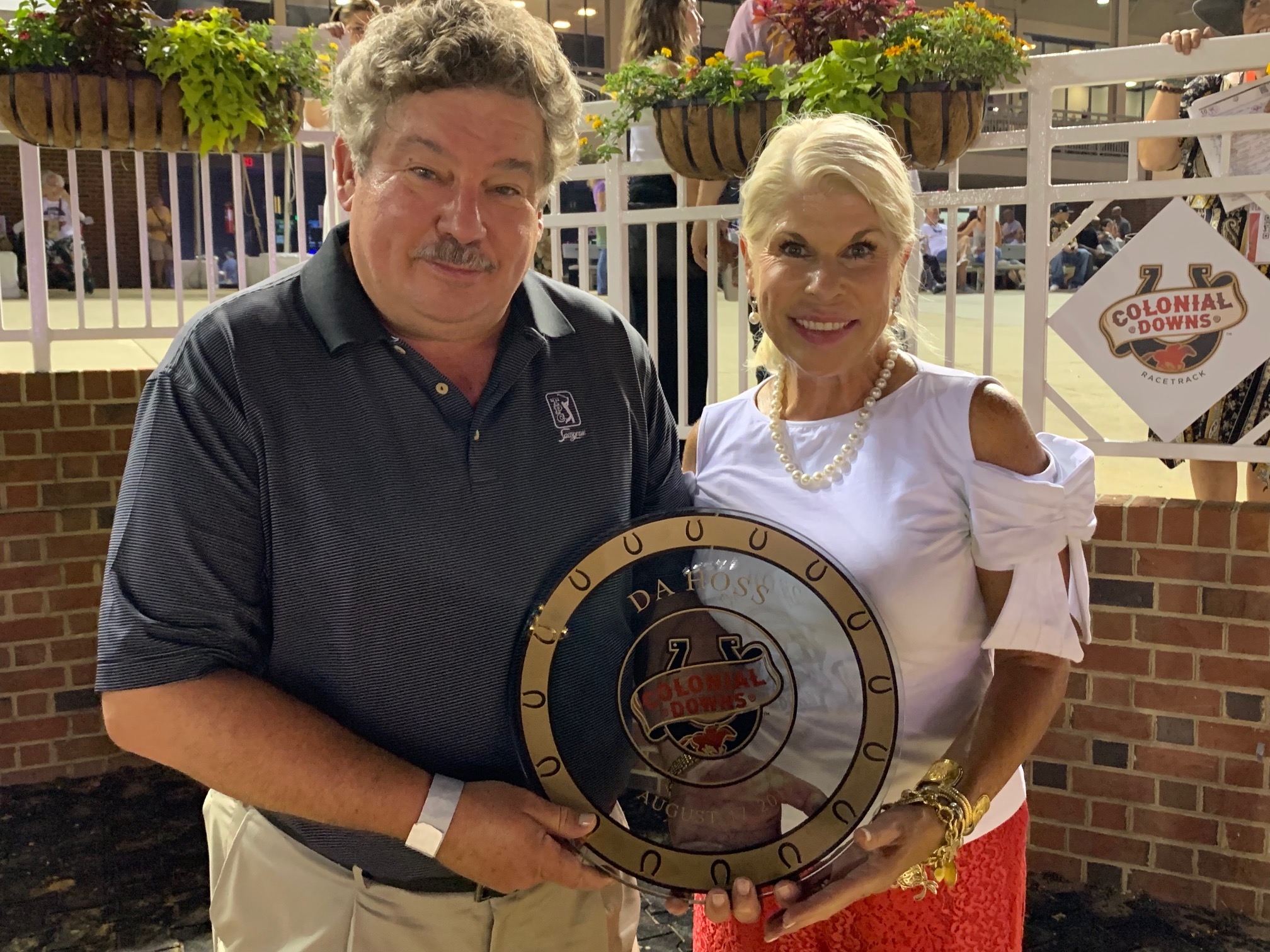


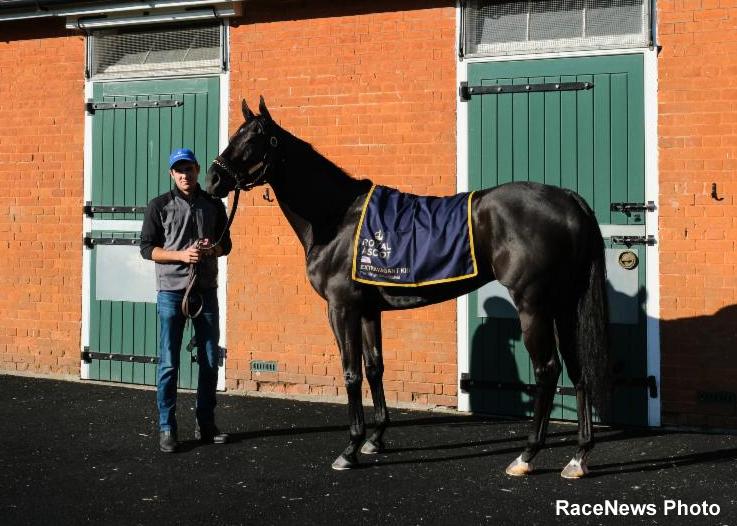
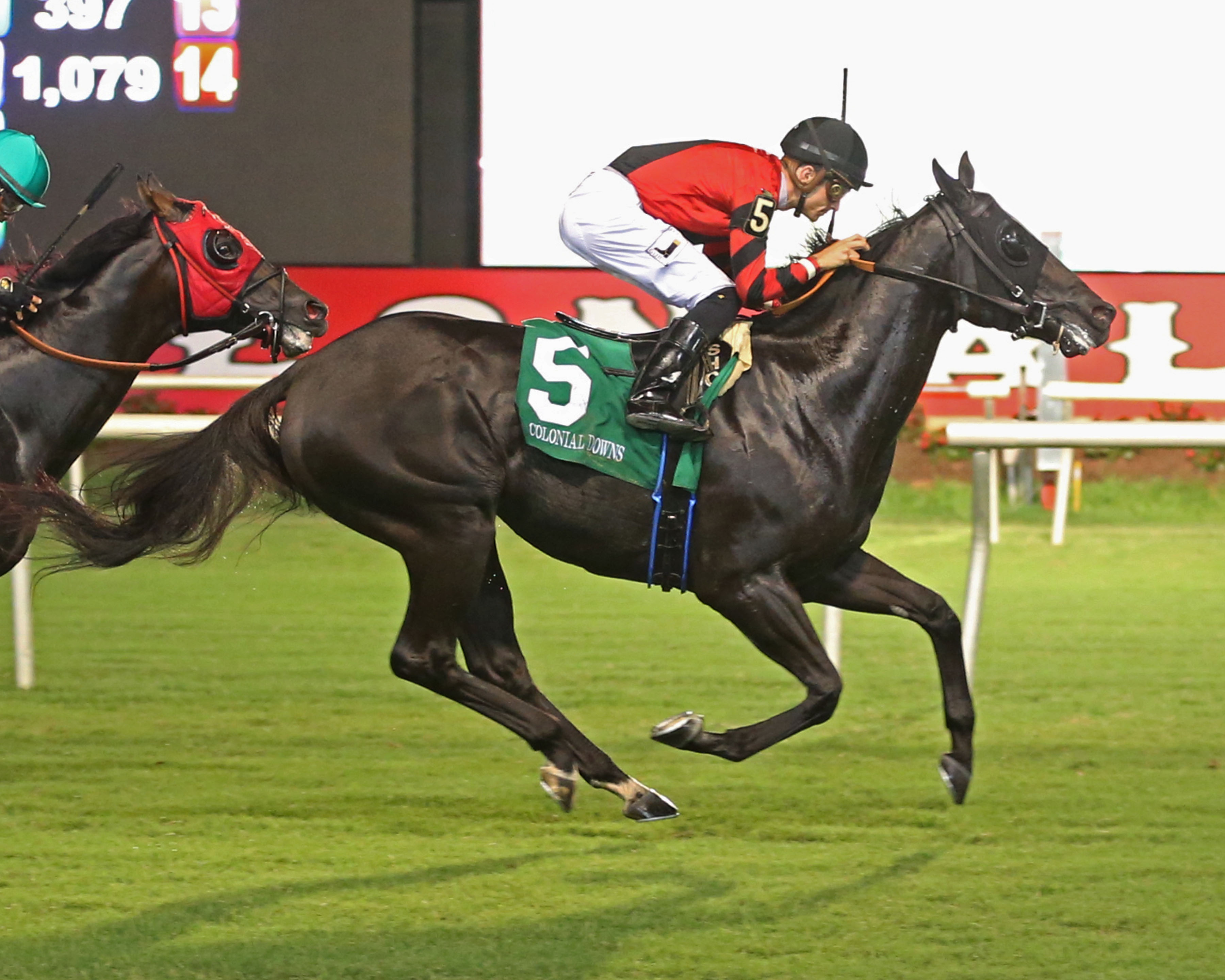
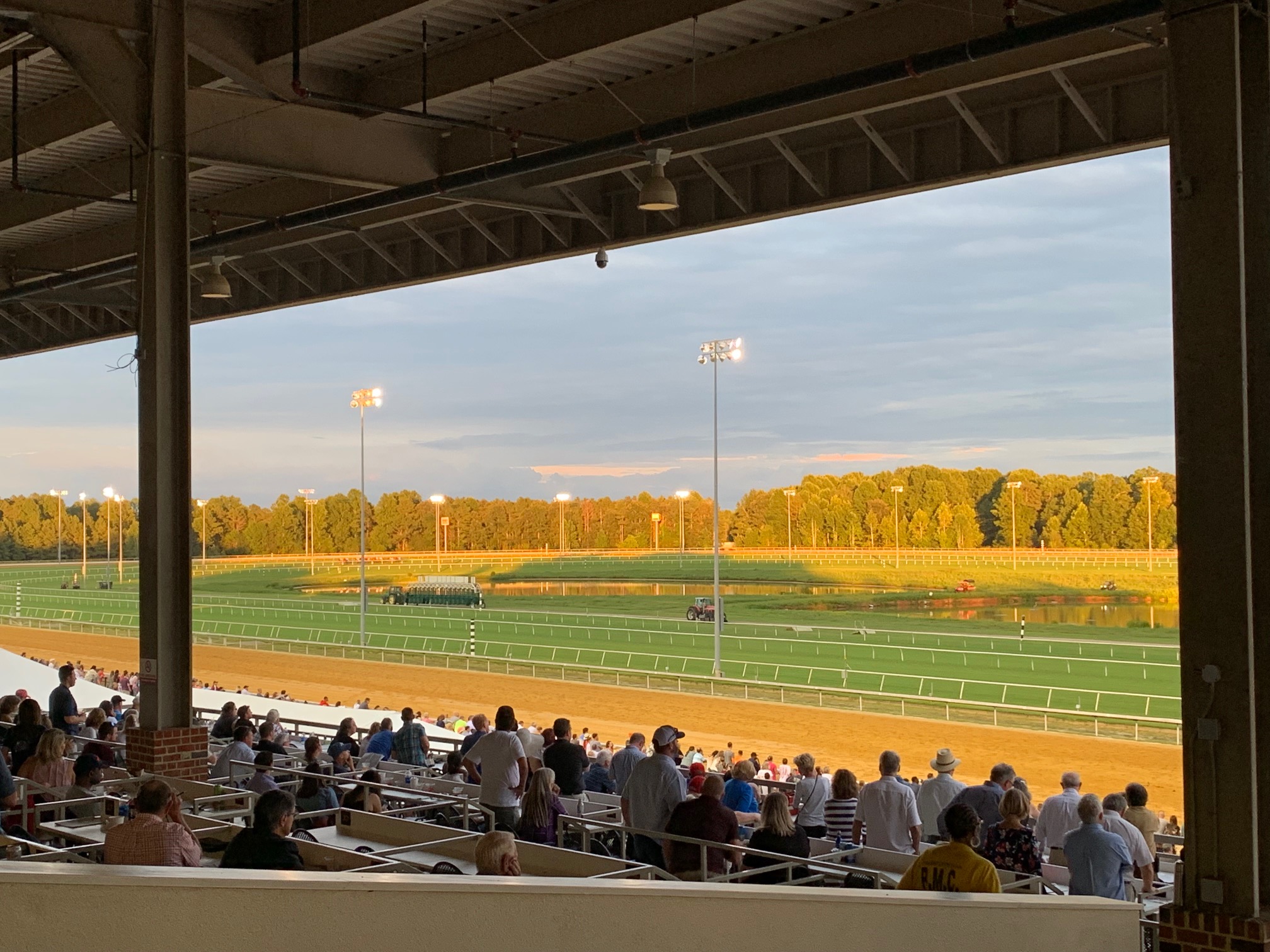
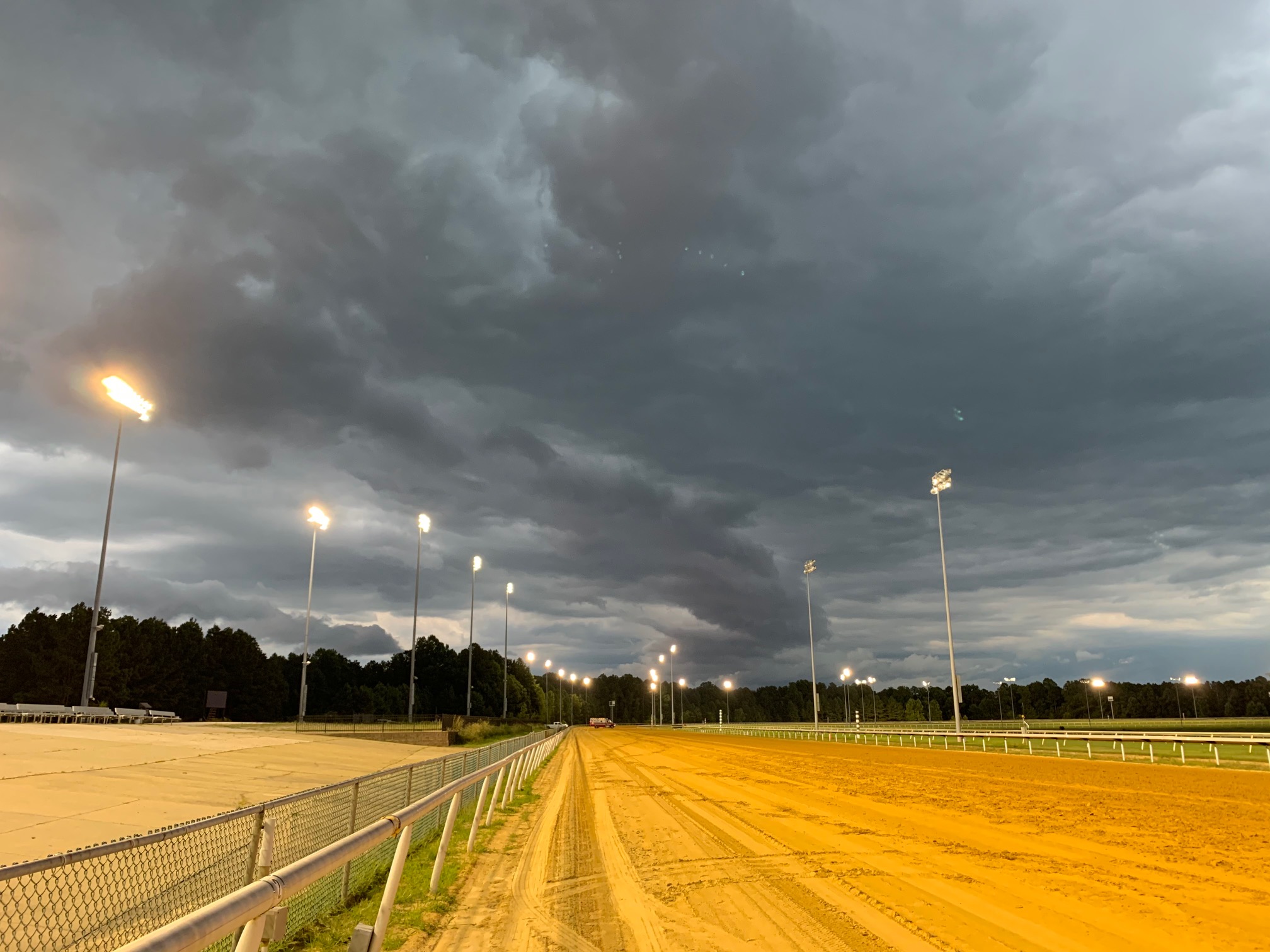
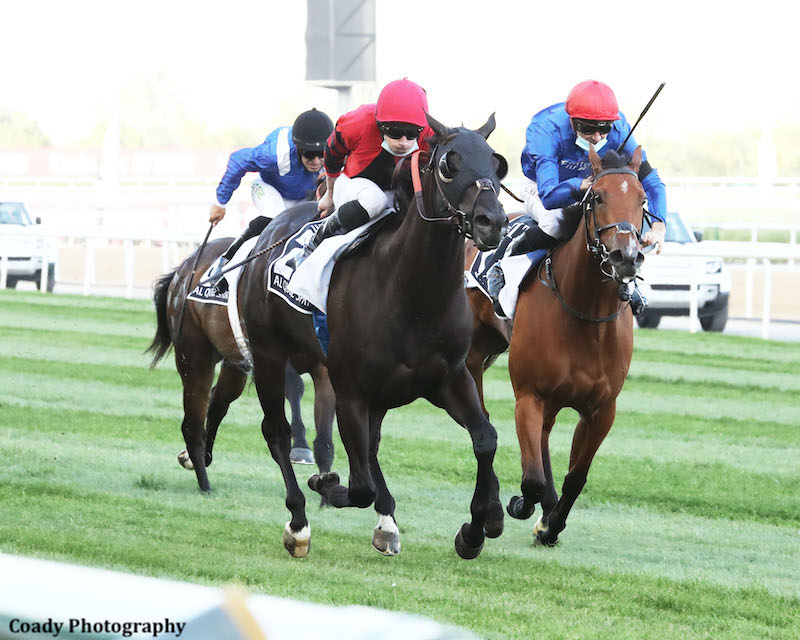
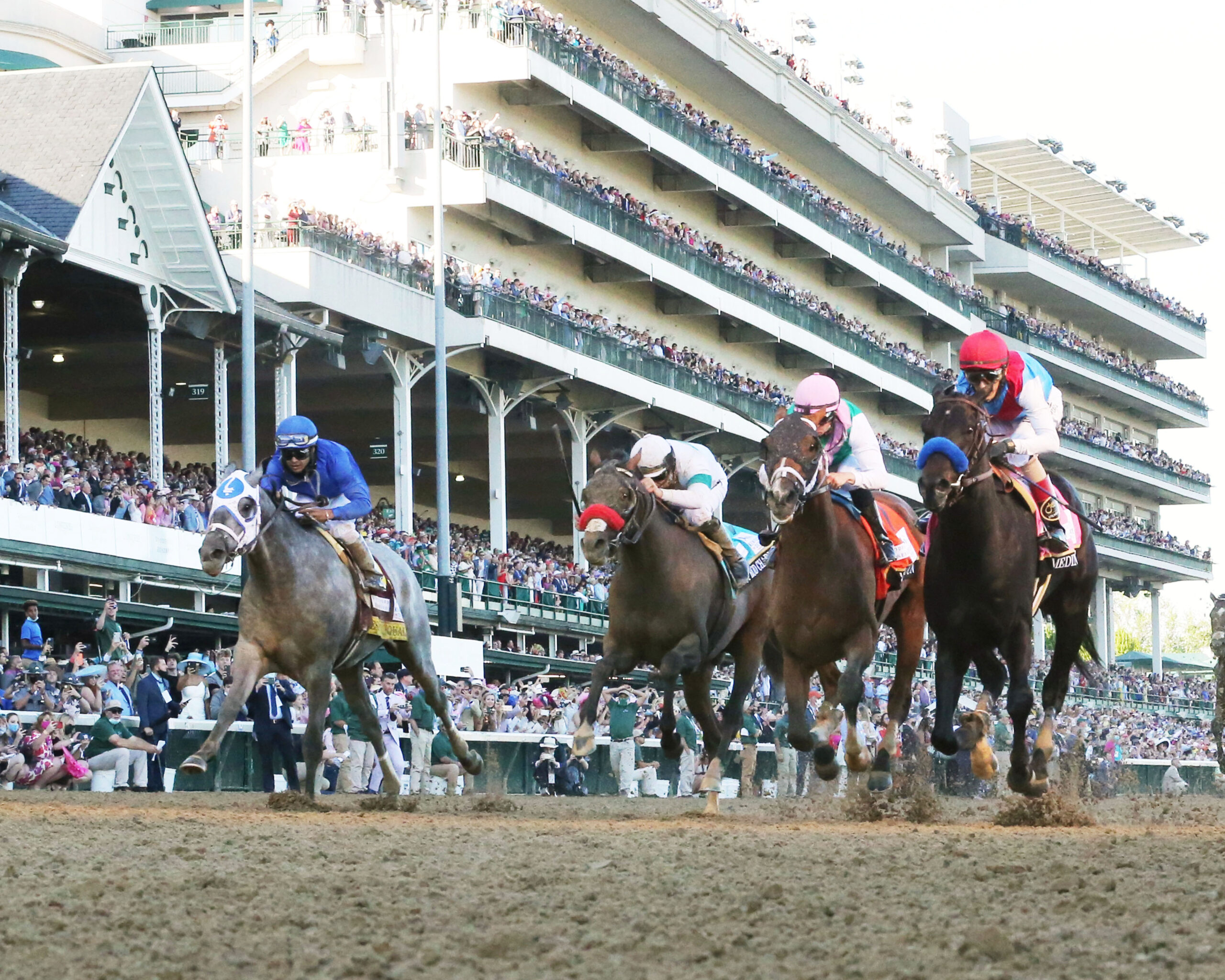

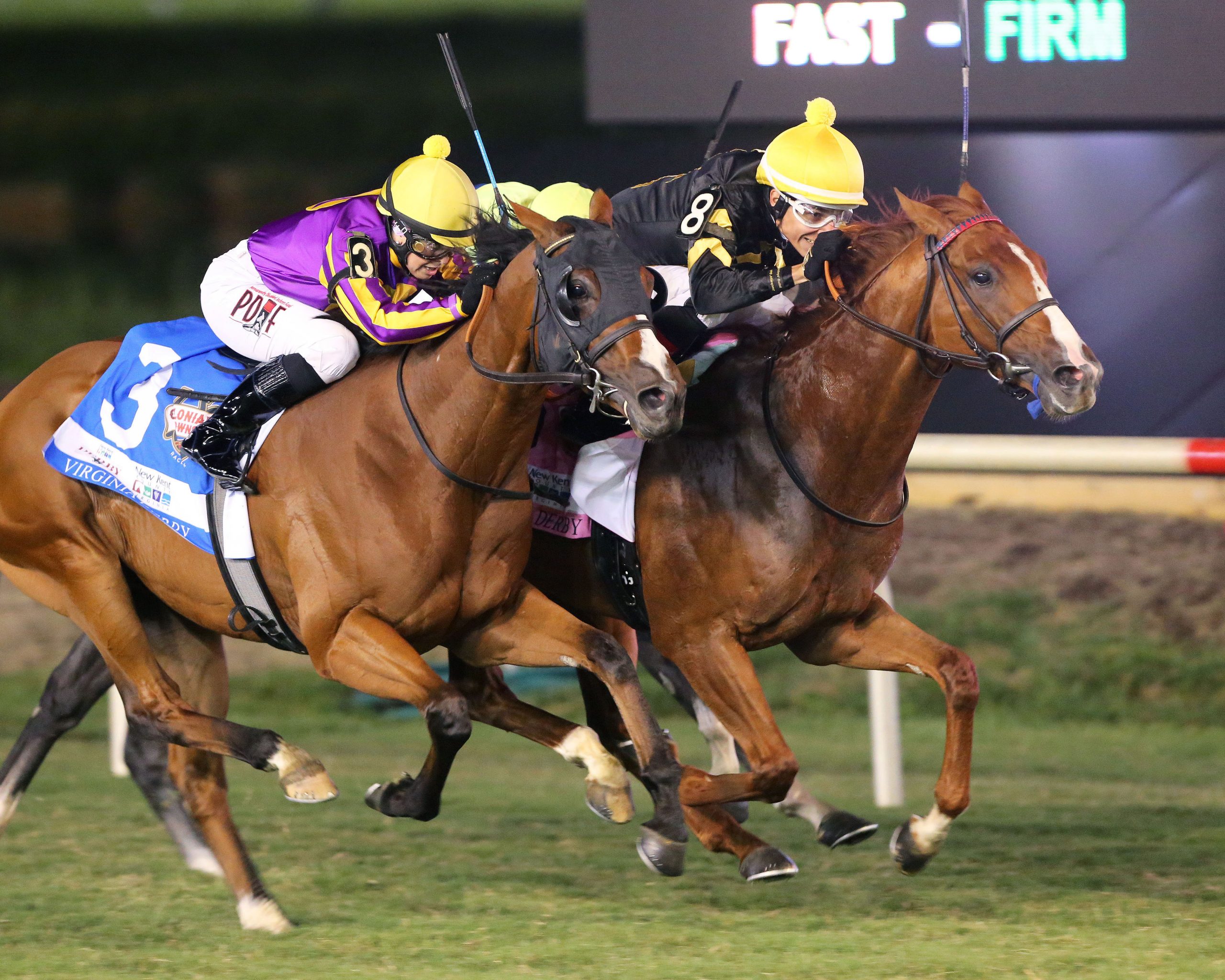
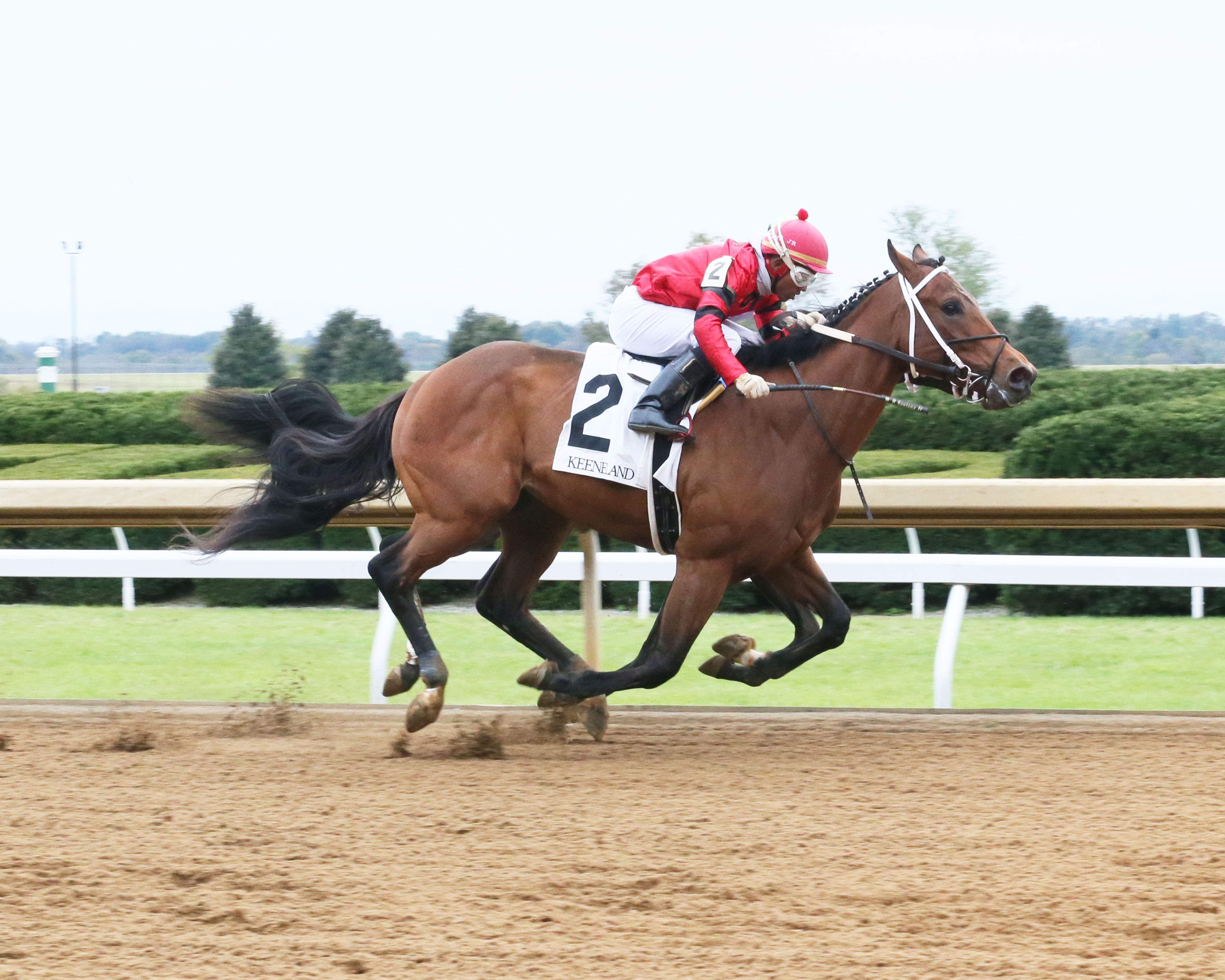
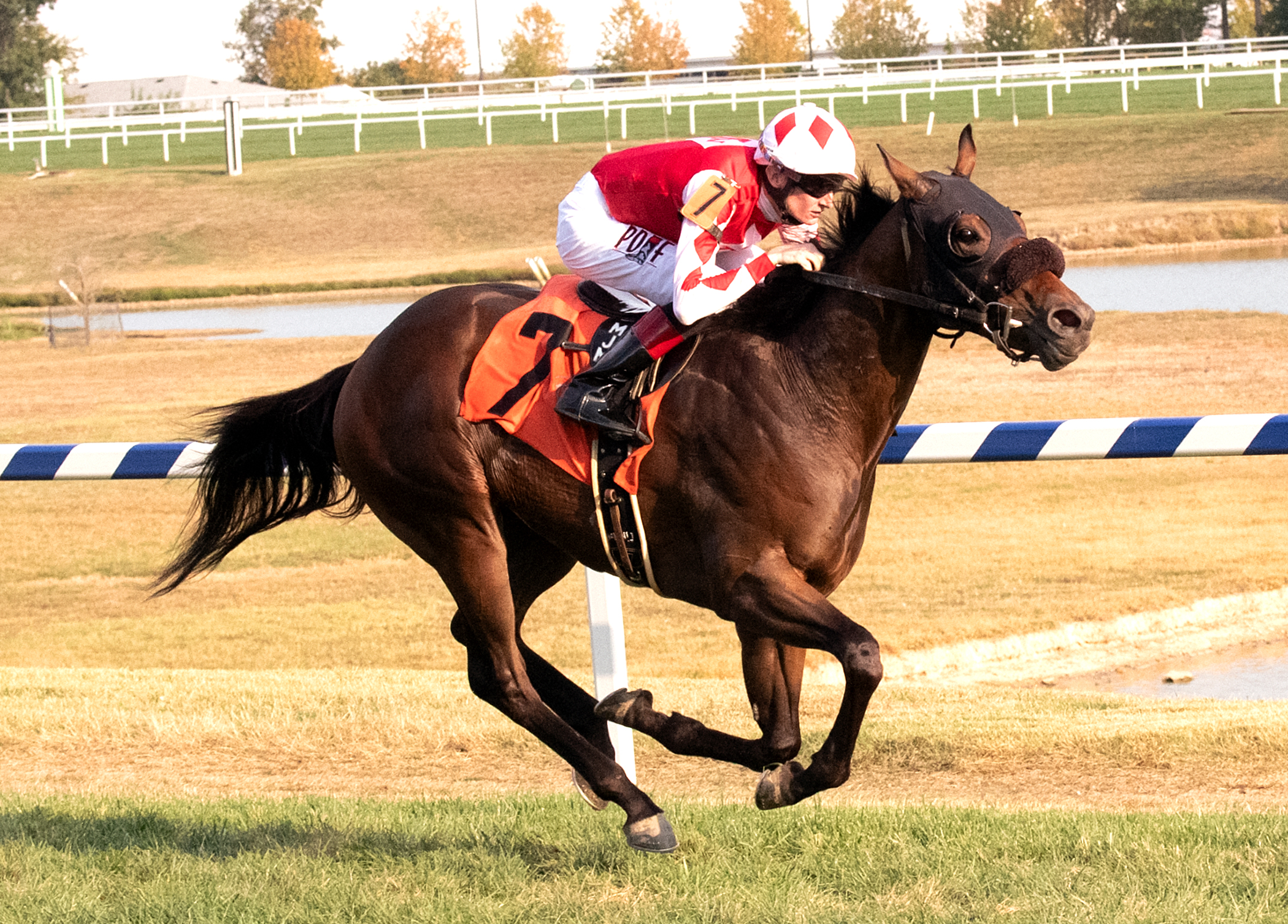
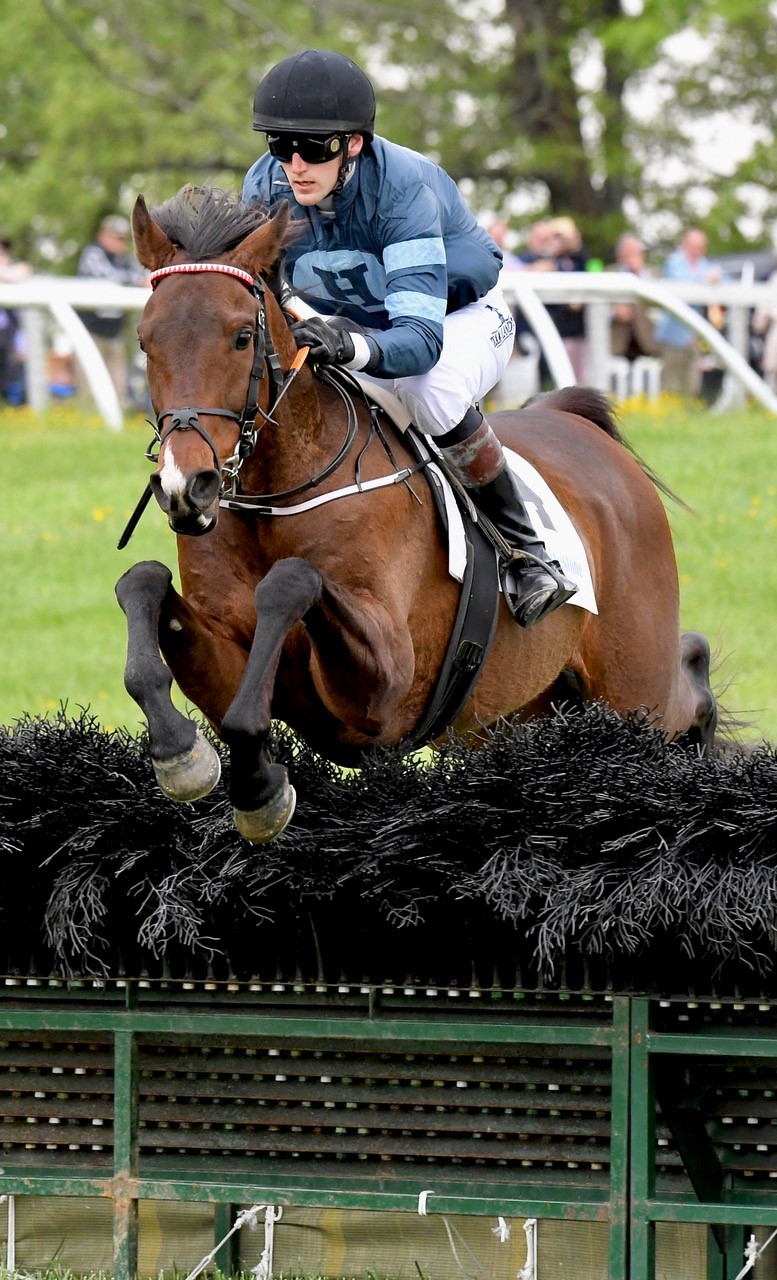
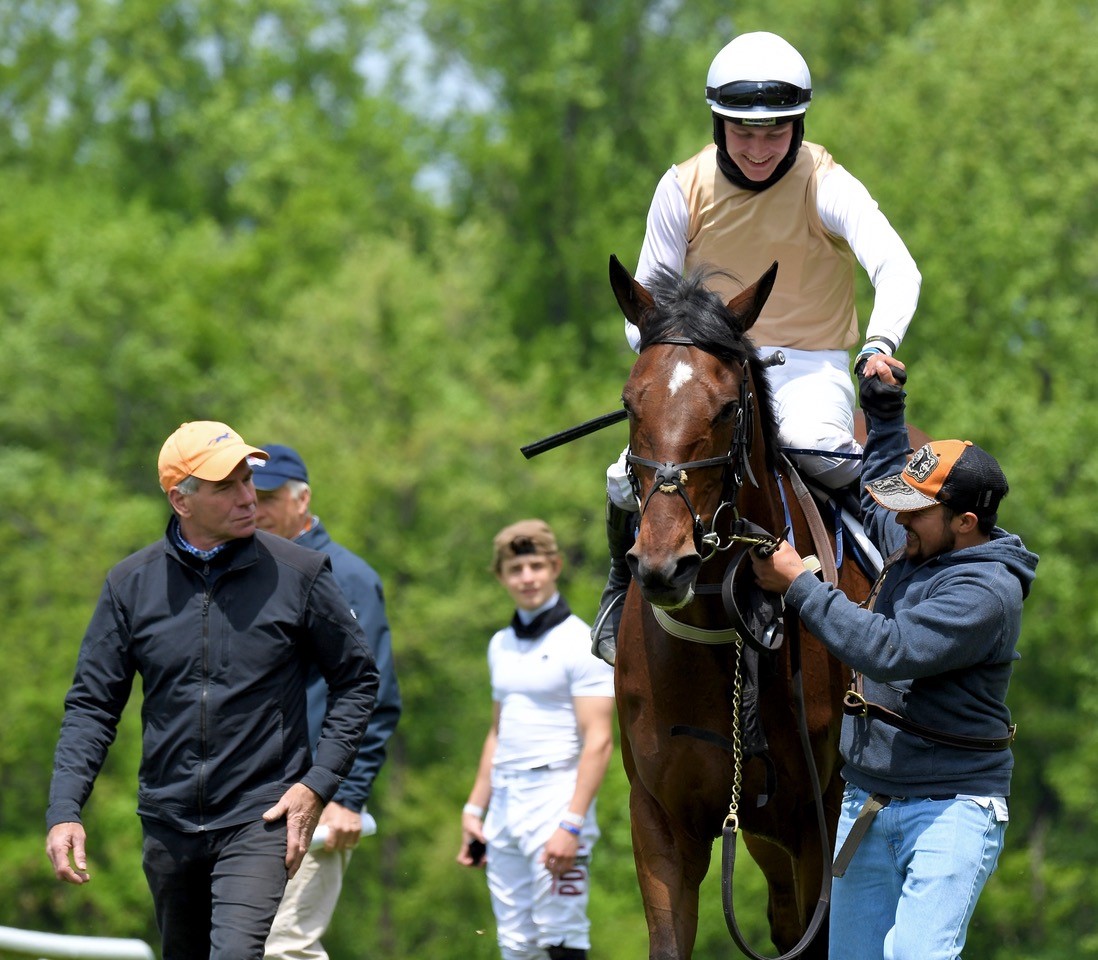
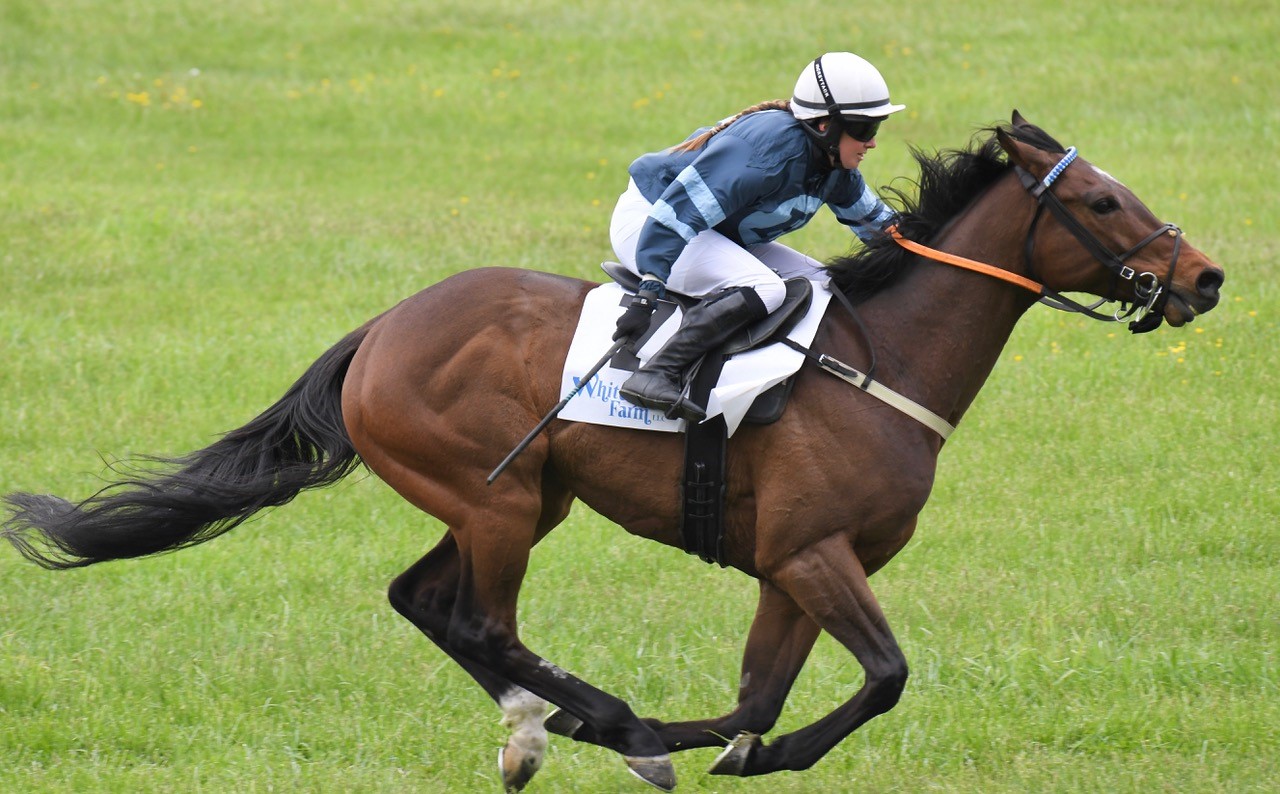
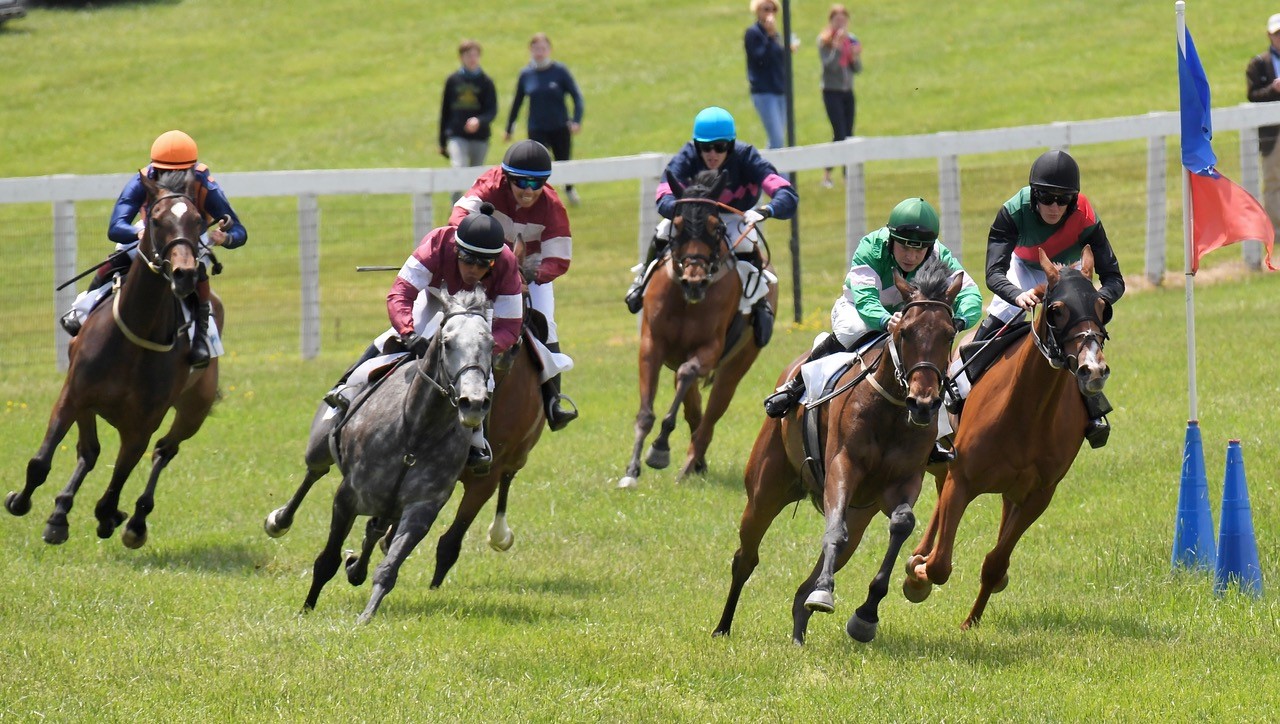
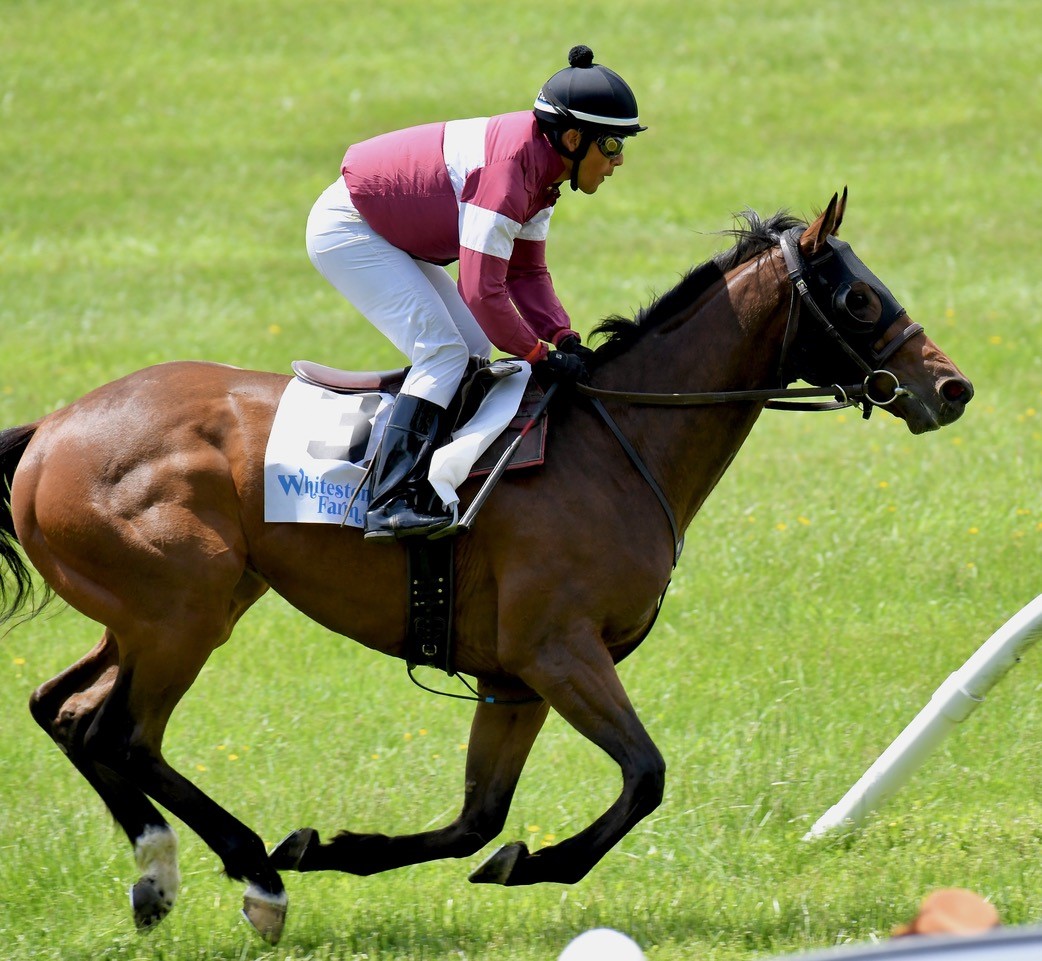
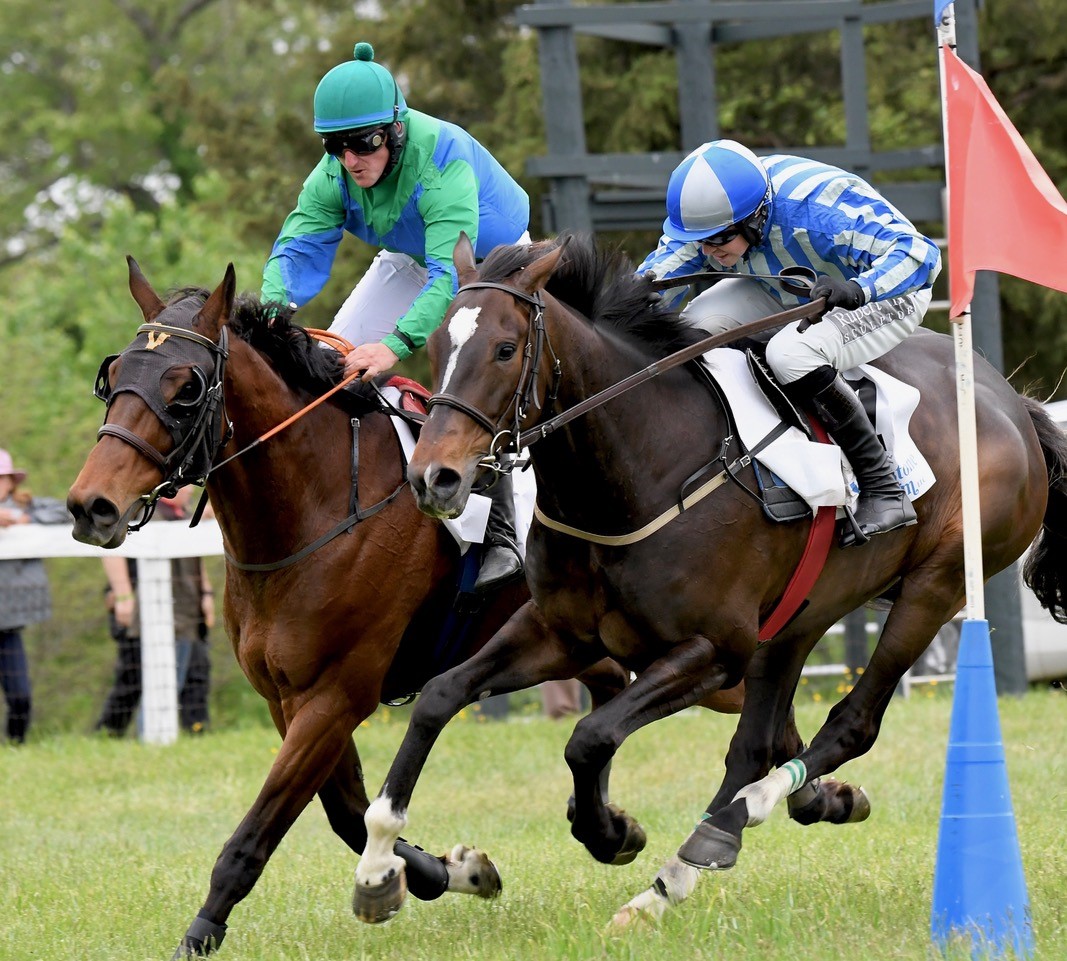
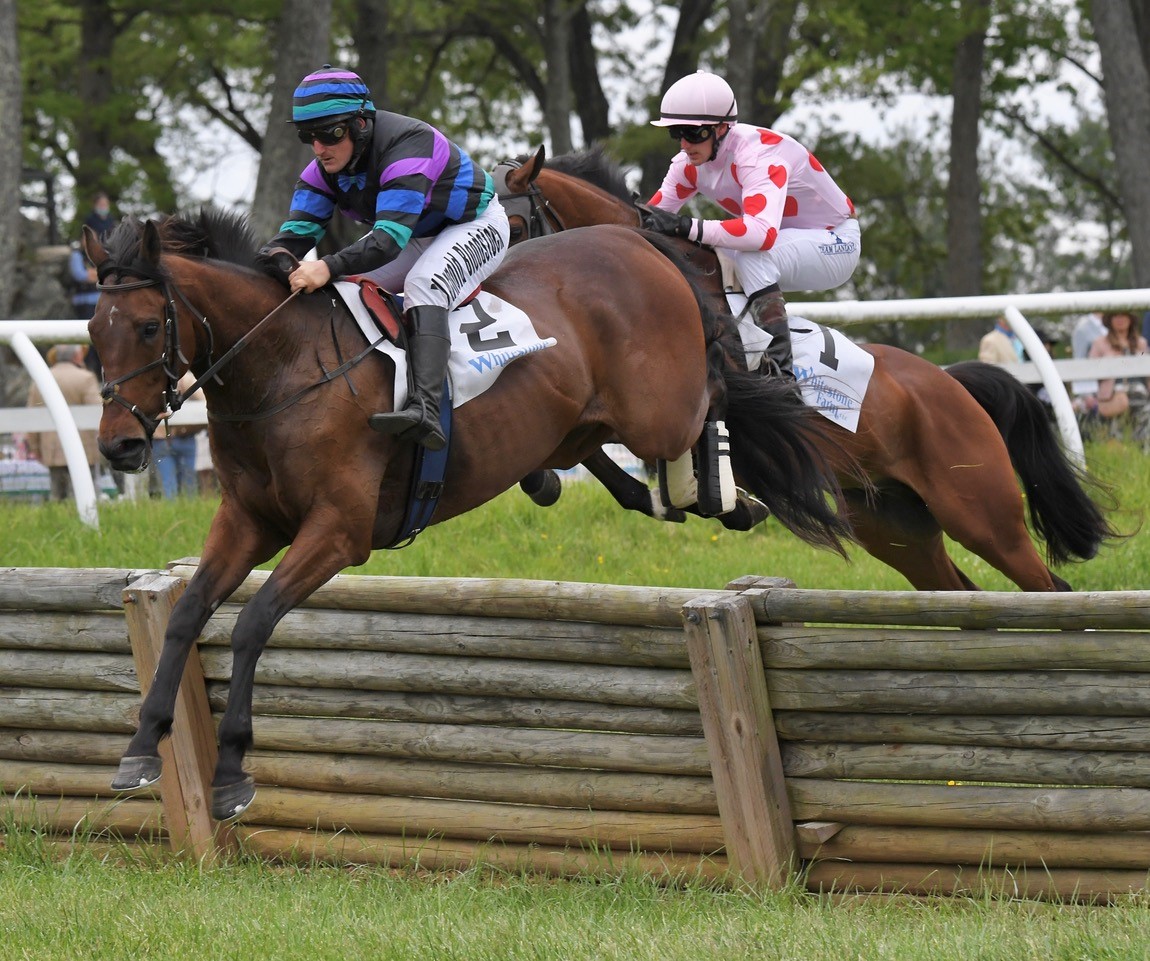
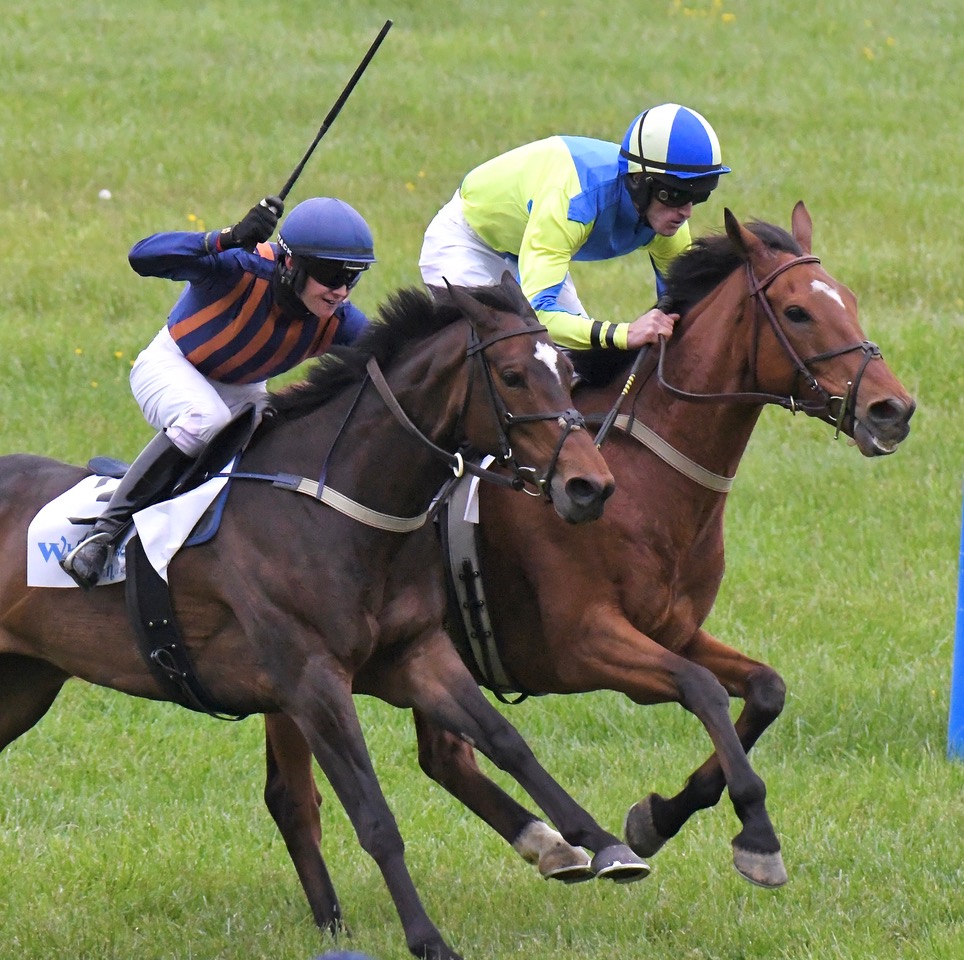
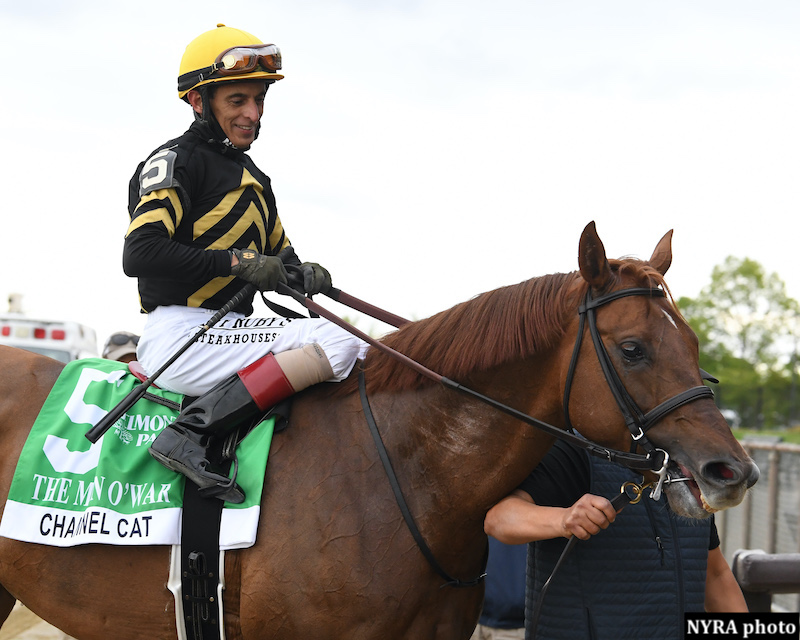

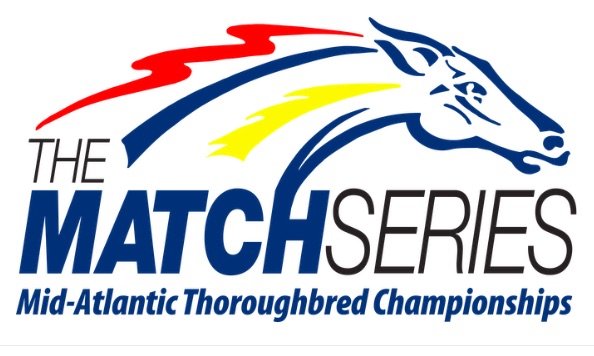
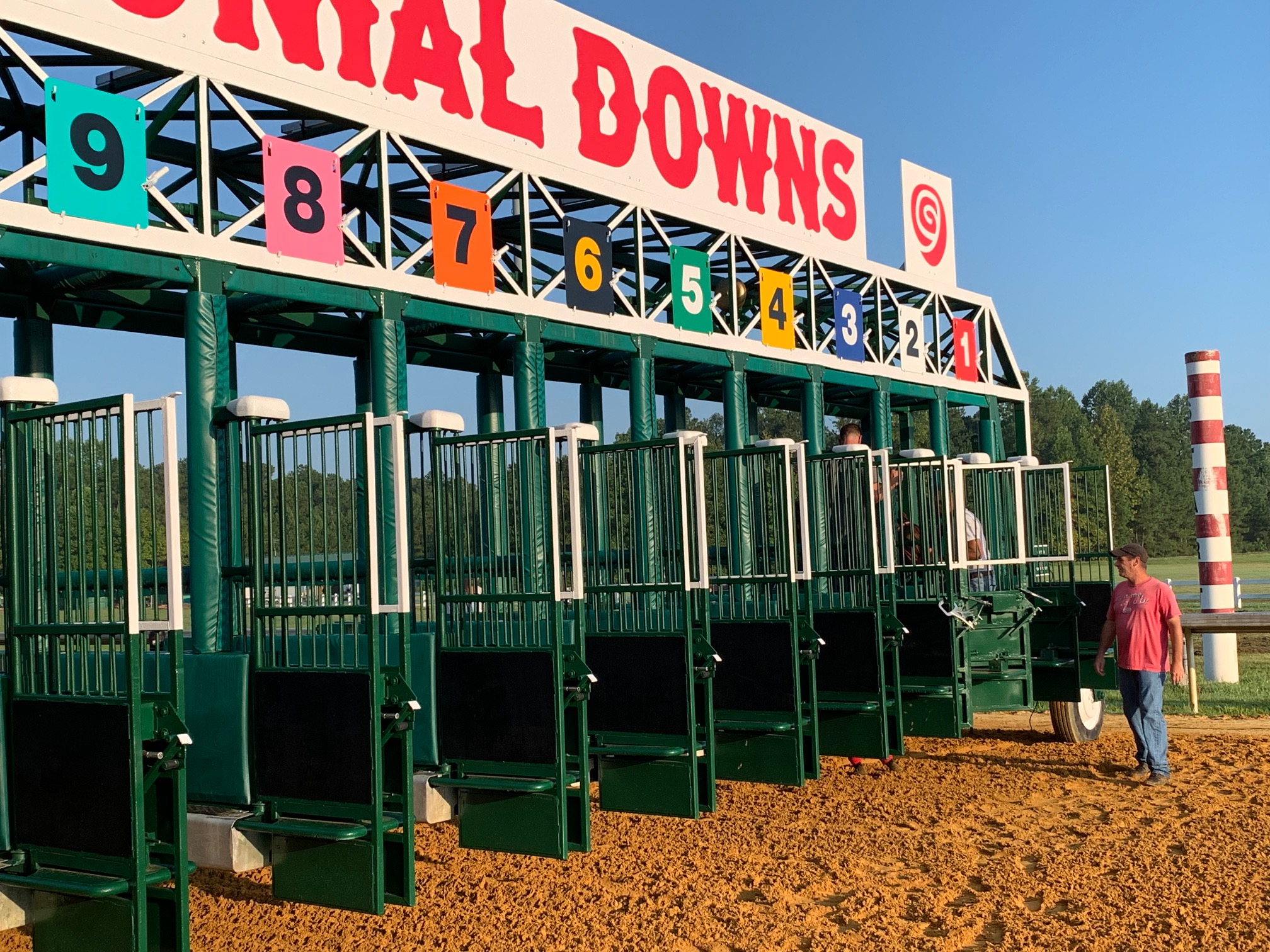
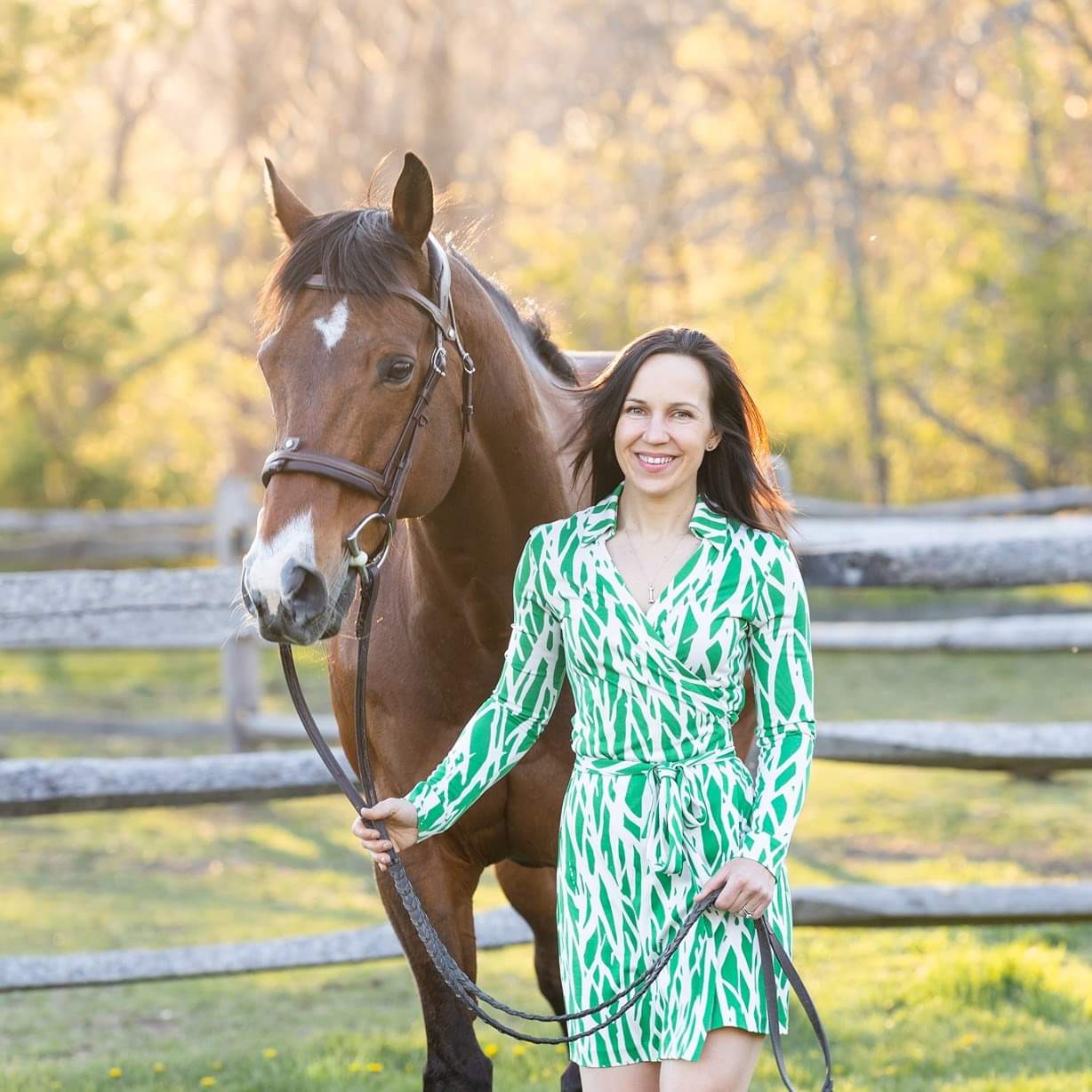
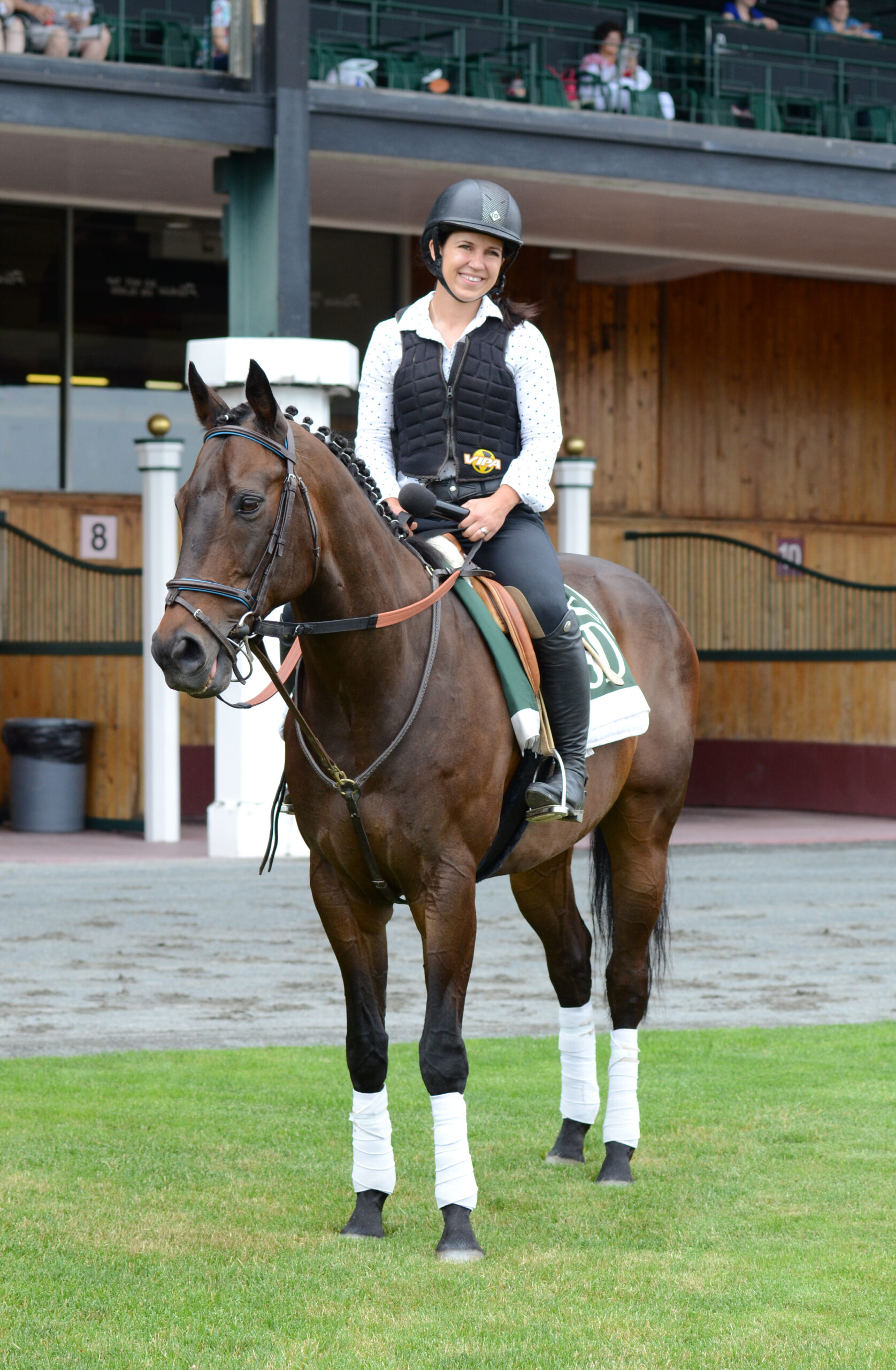
 And since nobody wants to abandon the historic sport, it is time to improve it. Developers of an innovative new steeplechase jump hope Saturday’s EasyFix hurdle debut at the Queen’s Cup Steeplechase elevates the game.
And since nobody wants to abandon the historic sport, it is time to improve it. Developers of an innovative new steeplechase jump hope Saturday’s EasyFix hurdle debut at the Queen’s Cup Steeplechase elevates the game.


 Price “sorta started down this path of making my own fence a few years ago,” calling his design the SafTFence. The metal frame was lower, and, Price says he thought at the time, better.
Price “sorta started down this path of making my own fence a few years ago,” calling his design the SafTFence. The metal frame was lower, and, Price says he thought at the time, better.